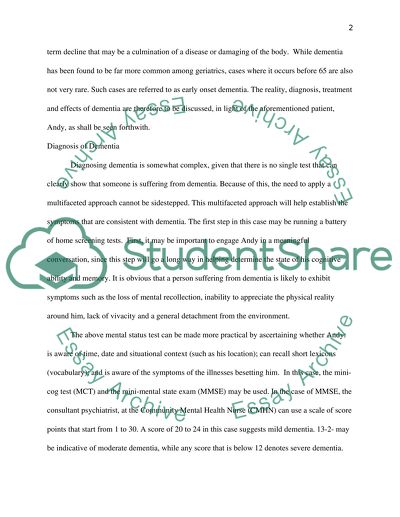Cite this document
(“Advance Dementia Care Essay Example | Topics and Well Written Essays - 3000 words”, n.d.)
Retrieved from https://studentshare.org/health-sciences-medicine/1403544-advance-dementia-care
Retrieved from https://studentshare.org/health-sciences-medicine/1403544-advance-dementia-care
(Advance Dementia Care Essay Example | Topics and Well Written Essays - 3000 Words)
https://studentshare.org/health-sciences-medicine/1403544-advance-dementia-care.
https://studentshare.org/health-sciences-medicine/1403544-advance-dementia-care.
“Advance Dementia Care Essay Example | Topics and Well Written Essays - 3000 Words”, n.d. https://studentshare.org/health-sciences-medicine/1403544-advance-dementia-care.


